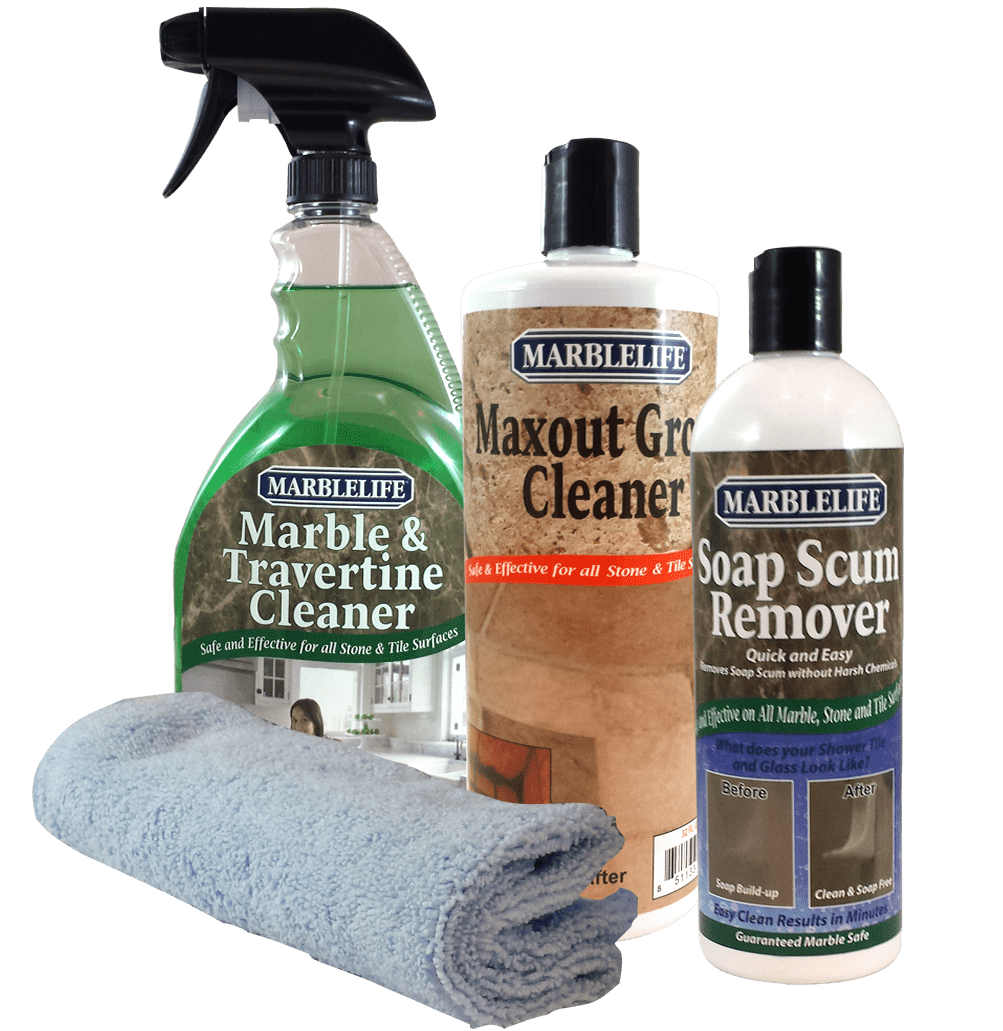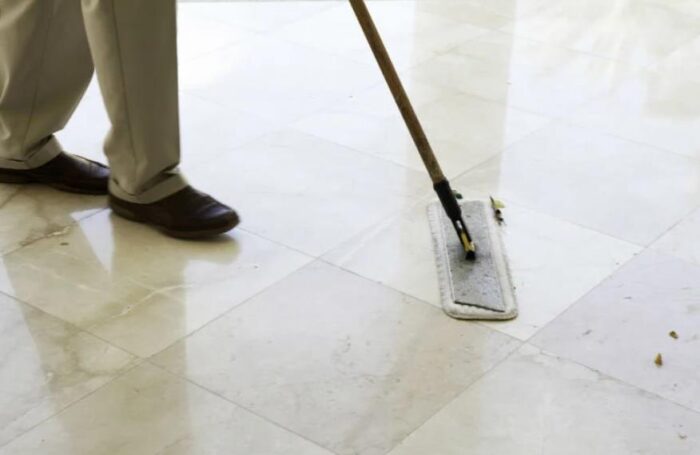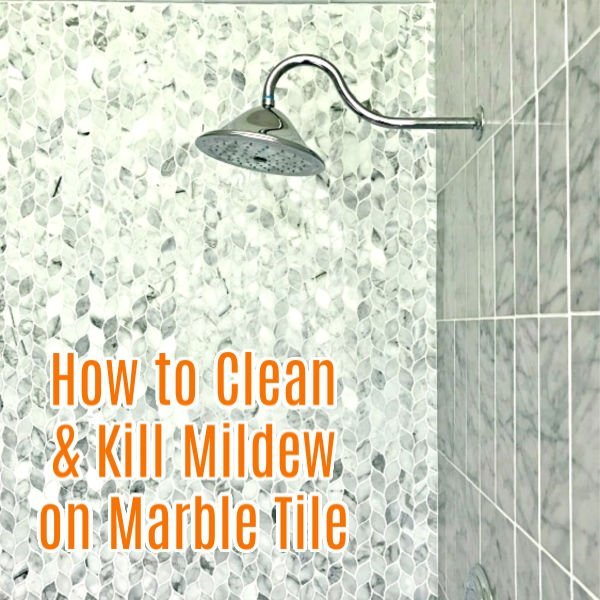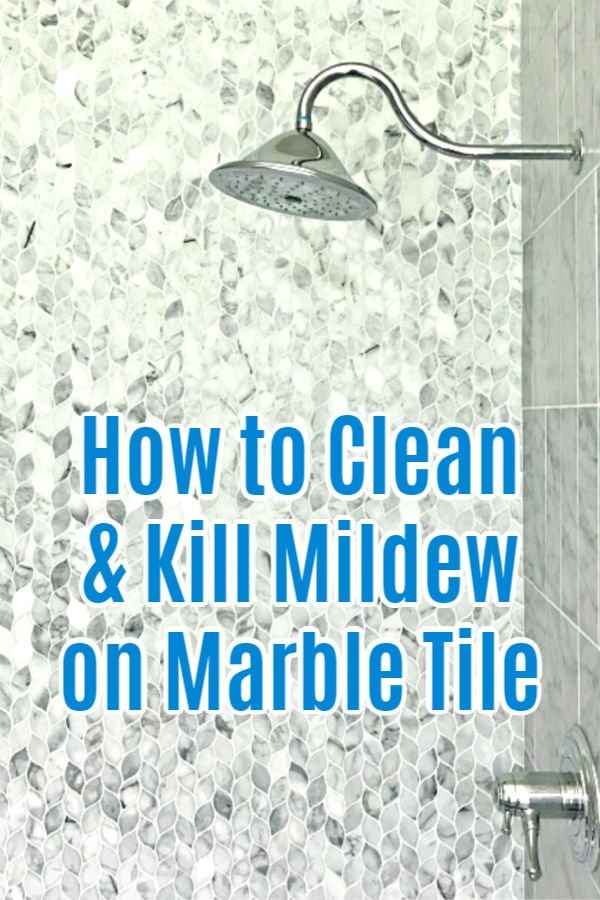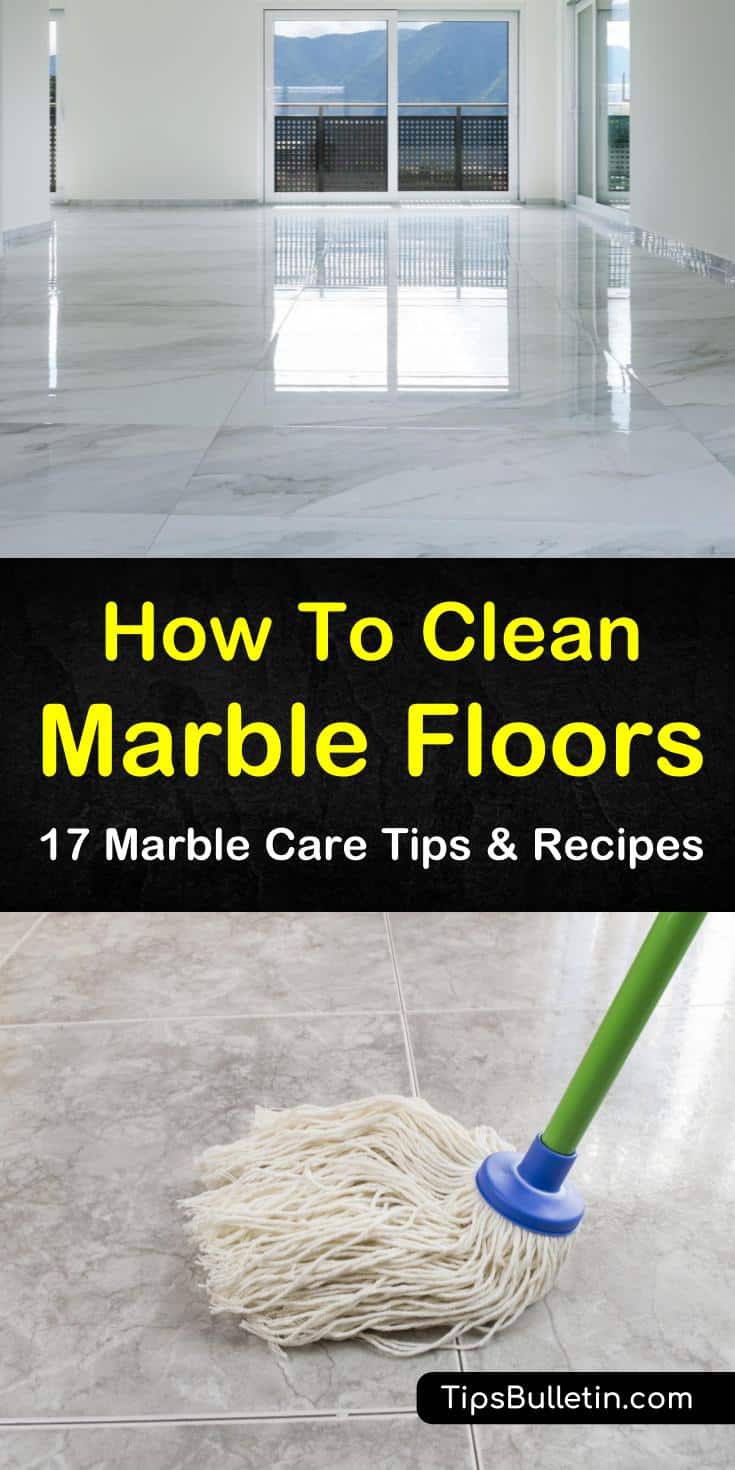Cleaning Marble Bathroom Floor
Marble floors add an element of elegance and luxury to any bathroom. However, marble is a delicate natural stone that requires special care and maintenance to keep it looking pristine. Proper cleaning techniques and regular maintenance are essential to preserve the beauty and longevity of your marble bathroom floor. This guide will cover all aspects of cleaning and maintaining a marble bathroom floor, from daily upkeep to deep cleaning and stain removal.
What is Marble?
Marble is a natural stone that forms from limestone under extreme heat and pressure within the Earth’s crust. It is composed primarily of calcite, a mineral that gives marble its characteristic veining and patterns. Marble has been used for centuries in architecture and sculpture due to its beauty and durability. In modern homes, marble is often used for flooring, countertops, and other surfaces.
Characteristics of Marble
Marble is known for its unique veining and color variations, which can range from white to black and include hues of pink, green, and yellow. Each marble tile is unique, making marble floors a distinctive feature in any home. However, marble is also porous and relatively soft compared to other natural stones, making it susceptible to staining, scratching, and etching.
Benefits of Marble Flooring
One of the main benefits of marble flooring is its aesthetic appeal. The natural patterns and veining in marble can add a touch of elegance and sophistication to any bathroom. Marble is also a good conductor of heat, making it an excellent choice for homes with underfloor heating systems. Additionally, with proper care, marble flooring can last for many years, adding value to your home.
Drawbacks of Marble Flooring
While marble has many benefits, it also has some drawbacks. Its porous nature makes it prone to staining from spills and moisture, and it can be easily scratched by sharp objects or abrasive cleaners. Marble is also susceptible to etching from acidic substances, which can dull its shine. Additionally, marble can be slippery when wet, posing a safety hazard in bathrooms.
Types of Marble Finishes
Marble comes in several different finishes, each with its own aesthetic and functional properties. Polished marble has a high-gloss finish that highlights the stone’s color and veining but can be slippery. Honed marble has a matte finish that is less slippery and hides scratches better but may be more prone to staining. Tumbled and brushed marble have textured finishes that provide more grip but can be harder to clean.
Choosing the Right Marble for Your Bathroom
When choosing marble for your bathroom floor, consider factors such as color, pattern, finish, and maintenance requirements. Lighter colors can make a small bathroom feel larger and more open, while darker colors can add warmth and richness. A honed or textured finish may be a better choice for bathrooms due to its slip resistance. Additionally, consider the level of maintenance you are willing to commit to, as marble requires regular care to keep it looking its best.

Daily Maintenance of Marble Floors
Sweeping and Dusting
Regular sweeping or dusting is essential to keep marble floors free of dirt and debris that can cause scratches. Use a soft-bristled broom or a microfiber dust mop to gently remove dust and dirt from the surface. Avoid using a vacuum cleaner with a beater bar, as this can scratch the marble. Make sweeping a daily habit to prevent dirt from accumulating and causing damage.
Damp Mopping
In addition to sweeping, damp mopping your marble floor regularly will help keep it clean and free of residue. Use a pH-neutral cleaner specifically designed for marble, as acidic or alkaline cleaners can damage the stone. Dilute the cleaner in water according to the manufacturer’s instructions and use a soft mop to clean the floor. Rinse the mop frequently to avoid spreading dirt and grime.
Spot Cleaning Spills
Promptly cleaning up spills is crucial to prevent stains on your marble floor. Blot spills with a soft cloth or paper towel, rather than wiping, to avoid spreading the liquid. For oily or greasy spills, use a mild dish soap diluted in water to clean the area. Avoid using vinegar, lemon juice, or other acidic substances, as these can etch the marble.
Avoiding Abrasive Cleaners
Abrasive cleaners and scrubbing pads can scratch and dull the surface of marble. Instead, use soft cloths or sponges and non-abrasive cleaners designed for natural stone. Avoid using common household cleaners such as bleach, ammonia, or vinegar, as these can damage the marble. Always read the label on any cleaning product to ensure it is safe for use on marble.
Using Rugs and Mats
Placing rugs or mats in high-traffic areas and near sinks can help protect your marble floor from dirt and moisture. Choose rugs with a non-slip backing to prevent them from sliding on the smooth marble surface. Avoid rubber-backed rugs, as these can trap moisture and cause staining. Regularly shake out or vacuum the rugs to keep them clean and free of dirt.
Regular Sealing
Marble is a porous stone that can absorb liquids and stains if not properly sealed. Applying a penetrating sealer to your marble floor can help protect it from stains and moisture. Follow the manufacturer’s instructions for applying the sealer, and reapply it every six to twelve months, depending on the level of use and exposure to moisture. Regular sealing will help maintain the beauty and longevity of your marble floor.
Deep Cleaning Marble Floors
Preparing for Deep Cleaning
Deep cleaning your marble floor periodically will help remove stubborn dirt and stains that regular cleaning may miss. Before you begin, gather your supplies, including a pH-neutral marble cleaner, a soft mop or cloth, a bucket, and clean water. Clear the area of any rugs, furniture, or other items that may be in the way. Open windows or turn on a fan to ensure proper ventilation.
Applying the Cleaner
Follow the instructions on your marble cleaner to dilute it in water. Apply the cleaner to the floor using a soft mop or cloth, working in small sections. Avoid saturating the marble, as excessive moisture can seep into the stone and cause damage. Allow the cleaner to sit on the surface for a few minutes to loosen dirt and grime, but do not let it dry on the marble.
Scrubbing Stubborn Areas
For stubborn areas or stains, use a soft-bristled brush or a non-abrasive scrubbing pad to gently scrub the surface. Be careful not to apply too much pressure, as this can scratch the marble. Focus on areas with visible dirt or stains, and rinse the brush or pad frequently to avoid spreading dirt. If necessary, apply a second application of cleaner to particularly stubborn spots.
Rinsing the Floor
After scrubbing, rinse the floor thoroughly with clean water to remove any remaining cleaner and dirt. Use a clean mop or cloth to wipe away the rinse water, changing the water frequently to ensure it stays clean. Avoid leaving any residue on the marble, as this can dull its shine and attract dirt. Dry the floor with a soft towel or allow it to air dry completely.
Polishing the Marble
Polishing your marble floor can help restore its shine and enhance its natural beauty. Use a marble polishing powder or cream, following the manufacturer’s instructions for application. Apply the polish with a soft cloth or buffer, working in small sections. Buff the marble to a high shine, and wipe away any excess polish with a clean cloth. Polishing should be done sparingly, as excessive polishing can wear down the marble.
Reapplying Sealer
After deep cleaning and polishing, it’s a good idea to reapply a sealer to protect the marble from future stains and moisture. Follow the manufacturer’s instructions for applying the sealer, making sure the floor is completely dry before you begin. Apply the sealer evenly with a soft cloth or applicator, and allow it to penetrate the stone. Wipe away any excess sealer and let the floor dry completely before using it.
Stain Removal Techniques
Identifying the Stain
Identifying the type of stain on your marble floor is the first step in choosing the appropriate removal method. Common stains include oil-based stains, organic stains (from food or plants), rust stains, and water spots. Each type of stain requires a different approach, so it’s important to determine the cause of the stain before proceeding with removal.
Removing Oil-Based Stains
Oil-based stains, such as those from cooking oils or lotions, can be challenging to remove from marble. Create a poultice using a mixture of baking soda and water, or use a commercial poultice designed for oil-based stains. Apply the poultice to the stained area, covering it with plastic wrap and securing the edges with tape. Allow it to sit for 24-48 hours, then remove the poultice and rinse the area with water. Repeat if necessary.
Tackling Organic Stains
Organic stains, such as those from coffee, tea, or fruit, can often be removed with a solution of hydrogen peroxide and a few drops of ammonia. Apply the solution to the stained area with a soft cloth, and allow it to sit for several minutes. Blot the area with a clean cloth and rinse with water. Avoid using bleach or other harsh chemicals, as these can damage the marble.
Treating Rust Stains
Rust stains can occur on marble surfaces from metal objects or fixtures. To remove rust stains, use a poultice made of a commercial rust remover and a powdered absorbent material, such as diatomaceous earth or talc. Apply the poultice to the stained area, cover it with plastic wrap, and secure the edges with tape. Allow it to sit for 24-48 hours, then remove the poultice and rinse the area with water. Repeat if necessary.
Dealing with Water Spots
Water spots and rings can form on marble surfaces from standing water or mineral deposits. To remove water spots, use a marble polishing powder or a solution of baking soda and water. Apply the powder or paste to the stained area with a soft cloth, and gently rub in a circular motion. Rinse the area with water and dry with a soft towel. For stubborn spots, repeat the process until the stain is removed.
Preventing Future Stains
Preventing stains is key to maintaining the beauty of your marble floor. Use coasters, trays, and mats to protect the marble from spills and moisture. Clean up spills promptly, and avoid placing hot or acidic items directly on the marble. Regularly seal your marble floor to provide a protective barrier against stains. By taking these precautions, you can keep your marble floor looking pristine for years to come.
Long-Term Care and Maintenance
Establishing a Cleaning Routine
Establishing a regular cleaning routine is essential for maintaining the beauty and longevity of your marble bathroom floor. Sweep or dust the floor daily to remove dirt and debris, and damp mop weekly with a pH-neutral cleaner. Schedule deep cleaning sessions every few months to remove stubborn dirt and stains. Consistent care will prevent damage and keep your marble floor looking its best.
Avoiding Common Hazards
To protect your marble floor, avoid common hazards such as abrasive cleaners, acidic substances, and sharp objects. Use soft cloths, mops, and brushes for cleaning, and choose pH-neutral cleaners designed for marble. Avoid dragging heavy furniture or objects across the floor, and use furniture pads to prevent scratches. Taking these precautions will help preserve the surface of your marble floor.
Monitoring and Addressing Damage
Regularly inspect your marble floor for signs of damage, such as scratches, stains, or etching. Address any issues promptly to prevent further damage. For minor scratches, use a marble polishing powder to restore the shine. For deeper scratches or extensive damage, consider consulting a professional for repair or restoration. Regular maintenance and prompt attention to damage will extend the life of your marble floor.
Professional Cleaning and Restoration
While regular cleaning can keep your marble floor in good condition, professional cleaning and restoration services can address more serious issues. Professionals have the tools and expertise to deep clean, polish, and restore marble surfaces. Consider scheduling professional maintenance every few years to keep your marble floor looking its best. Professional services can also address specific problems, such as deep scratches or extensive staining.
Reapplying Sealer
Reapplying a sealer to your marble floor is an important part of long-term maintenance. A good sealer will protect the marble from stains and moisture, preserving its appearance and durability. Follow the manufacturer’s instructions for reapplying the sealer, and do so every six to twelve months, depending on the level of use and exposure to moisture. Regular sealing will help maintain the beauty and longevity of your marble floor.
Educating Household Members
Educating household members about the proper care and maintenance of marble floors can help prevent damage. Ensure everyone knows to clean up spills promptly, avoid using harsh cleaners, and take precautions to prevent scratches and stains. By involving everyone in the care of your marble floor, you can help preserve its beauty and functionality for years to come.
Common Mistakes to Avoid
Using Harsh Cleaners
Using harsh cleaners, such as bleach, ammonia, or vinegar, can damage the surface of marble. These acidic or alkaline substances can etch the marble, dulling its shine and causing permanent damage. Always use pH-neutral cleaners specifically designed for marble to avoid these issues.
Ignoring Spills
Ignoring spills on a marble floor can lead to stains and damage. Marble is porous and can absorb liquids, leading to discoloration and staining. Promptly blotting spills with a soft cloth and cleaning the area with a mild detergent can prevent stains and keep your marble looking pristine.
Skipping Regular Sealing
Skipping regular sealing can leave your marble floor vulnerable to stains and moisture damage. A penetrating sealer provides a protective barrier, preventing liquids and dirt from penetrating the marble. Reapply the sealer every six to twelve months to maintain protection and keep your marble floor in good condition.
Using Abrasive Tools
Using abrasive tools, such as scrubbing pads or stiff brushes, can scratch and dull the surface of marble. Always use soft cloths, mops, and brushes for cleaning, and avoid dragging heavy objects across the floor. Taking these precautions will help preserve the smooth, polished surface of your marble floor.
Overlooking Maintenance
Overlooking regular maintenance can lead to a buildup of dirt and grime, discoloration of the grout, and potential damage to the marble. Establish a regular cleaning routine, including daily sweeping, weekly damp mopping, and periodic deep cleaning. Regular maintenance is essential for keeping your marble floor looking its best.
Not Seeking Professional Help
Not seeking professional help for serious damage can result in further deterioration of your marble floor. For deep scratches, extensive staining, or other significant issues, consult a professional for repair or restoration. Professional services can address specific problems and keep your marble floor in excellent condition.
How often should I clean my marble bathroom floor?
Cleaning your marble bathroom floor should be a regular part of your routine. Sweep or dust the floor daily to remove dirt and debris, and damp mop weekly with a pH-neutral cleaner. Schedule deep cleaning sessions every few months to remove stubborn dirt and stains. Regular cleaning will prevent damage and keep your marble floor looking its best.
What is the best cleaner for marble floors?
The best cleaner for marble floors is a pH-neutral cleaner specifically designed for natural stone. These cleaners are formulated to gently clean marble without causing damage. Avoid using acidic or alkaline cleaners, such as bleach, ammonia, or vinegar, as these can etch the marble. Always read the label on any cleaning product to ensure it is safe for use on marble.
How do I remove stains from my marble floor?
Removing stains from marble requires identifying the type of stain and choosing the appropriate removal method. For oil-based stains, use a poultice made of baking soda and water. For organic stains, such as coffee or tea, use a solution of hydrogen peroxide and a few drops of ammonia. Rust stains can be treated with a commercial rust remover poultice. Always rinse the area thoroughly and avoid using harsh chemicals that can damage the marble.
How can I prevent my marble floor from getting stained?
Preventing stains on your marble floor involves taking precautions to protect the surface. Use coasters, trays, and mats to catch spills and moisture. Clean up spills promptly to prevent staining. Regularly seal your marble floor to provide a protective barrier against stains and moisture. Educating household members about proper care can also help prevent damage.
Can I use a steam mop on my marble floor?
Using a steam mop on a marble floor is not recommended. The high heat and moisture from the steam can penetrate the porous marble, potentially causing damage and discoloration. Instead, use a damp mop with a pH-neutral cleaner for regular cleaning. Avoid using excessive moisture, and always dry the floor thoroughly after mopping.
How do I restore the shine to my marble floor?
Restoring the shine to a marble floor involves polishing the surface to remove scratches and enhance its natural luster. Use a marble polishing powder or cream, following the manufacturer’s instructions for application. Apply the polish with a soft cloth or buffer, working in small sections. Buff the marble to a high shine, and wipe away any excess polish with a clean cloth. Polishing should be done sparingly, as excessive polishing can wear down the marble. For more extensive restoration, consider consulting a professional.
Related Posts:
